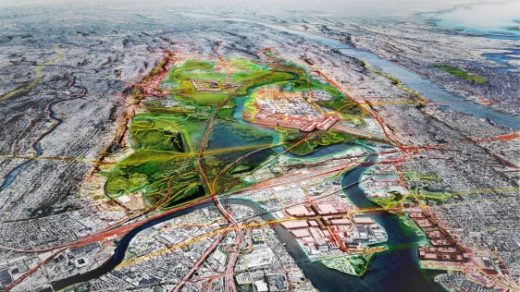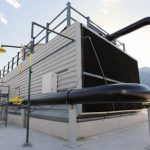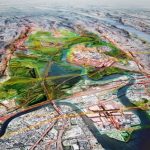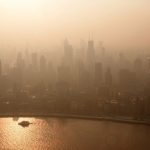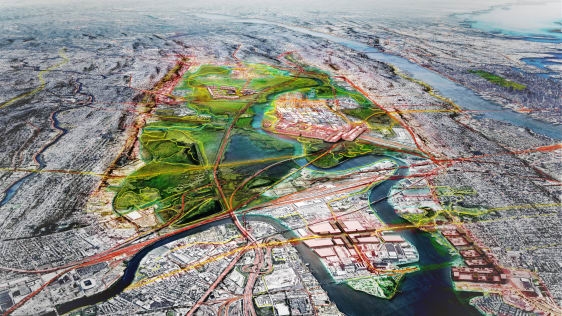Turn North Jersey Into A “Climate Change National Park”: A Modest Proposal
Yosemite National Park draws visitors for its natural beauty. Antietam National Battlefield in Maryland for its historical significance. The New Jersey Meadowlands, a 21,000-acre stretch of partially developed, low-lying wetlands in the northern part of the state, has neither of these qualities. But what it does offer is a real-time look at the effects of climate change and rising sea levels on our land. What if the National Parks Service were to recognize it as the first “Climate Change National Park”?
To be clear: As of now, this is not a designation that exists. But what it would denote–according to a new plan that’s as much a piece of political art as it is a policy proposal–is a stretch of land valuable as both an educational site, and as an important part of climate resiliency. The Meadowlands would be a national park “that changes and grows with climate change,” says Rob Freudenberg, the VP for energy and environment at the Regional Plan Association, the New York-area research and planning nonprofit that’s proposing the Climate Change National Park designation. “The park would embrace the fact that water is coming,” he adds,” and show that if we let it in, we can essentially do a service for the region by absorbing some of the sea level rise.”
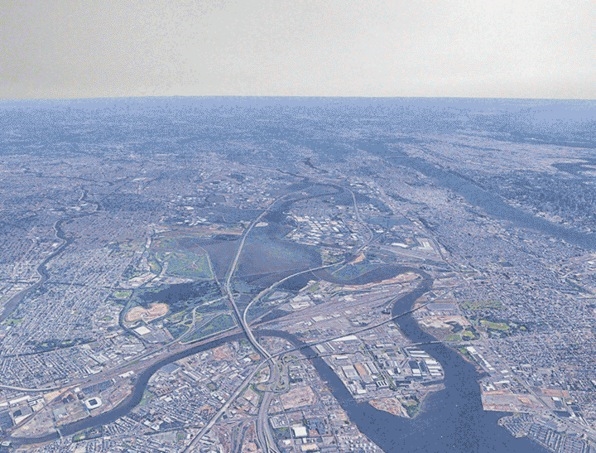
The vision for the Meadowlands National Park, 100 years out, “is really a national park that has ‘nature cities’ within it that are connected by resilient, adaptive infrastructure,” Freudenberg says. “We want to see this as a place where you could take a train to, and get out and go on a kayak ride or a hike on the Tristate Trail,” Freudenberg says. “Right now, it’s the kind of place where you pass through. We want it to be a destination.”
Getting to that point, however, will be no simple feat, Freudenberg acknowledges. Multiple rail lines and the New Jersey Turnpike traverse the Meadowlands, which is also home to a large portion of the state’s warehousing and distribution facilities, as well as a collection of residential communities. The state of New Jersey, the federal government, and local Meadowlands stakeholders, from residents to business owners to transit operators, would have to work collaboratively on a plan for the region going forward. RPA predicts that, regardless of future plans, permanent flooding from sea-level rise will displace as many as 8,000 Meadowlands residents over the next century, along with 51,000 jobs. The idea for the National Park, Freudenberg says, is to create an asset for the region in the face of these inevitable losses.
While the relevant stakeholders work on the plan and toward securing National Park designation, the state and cities within the Meadowlands area would have to prepare to transfer all parks, wetlands, and vacant properties to the federal government as the foundation for the park (there are already 10,000 acres of state-owned land in the Meadowlands, which would make for a strong beginning).
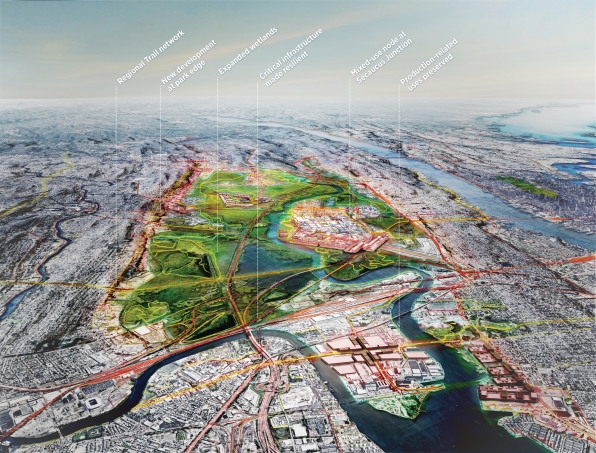
And perhaps the most complicated step: Stakeholders would have to negotiate for federal funding to begin a buyout and relocation program for people living in particularly low-lying parts of the Meadowlands. “The idea of retreat is not one that sits well with the American public,” Freudenberg says. “But if you look at the region and the amount of adaptation that’s going to need to take place, you’ll see that there are going to be places we have to choose to protect, and others that we can’t.” Protecting all of the Meadowlands–by building sea walls, for instance–would only serve to move the rising waters elsewhere.
But the development of the Meadowlands should not happen in a silo, Freudenberg says. The region should consider setting up a dedicated agency to oversee all decisions around coastal resiliency and ensure that all climate-change preparedness projects (because if one thing is for certain, there will be many more to come) work in concert, not in conflict. With the Meadowlands as a model project, other threatened coastal regions around the U.S. could look to take a similar approach to resiliency.
Fast Company , Read Full Story
(28)

